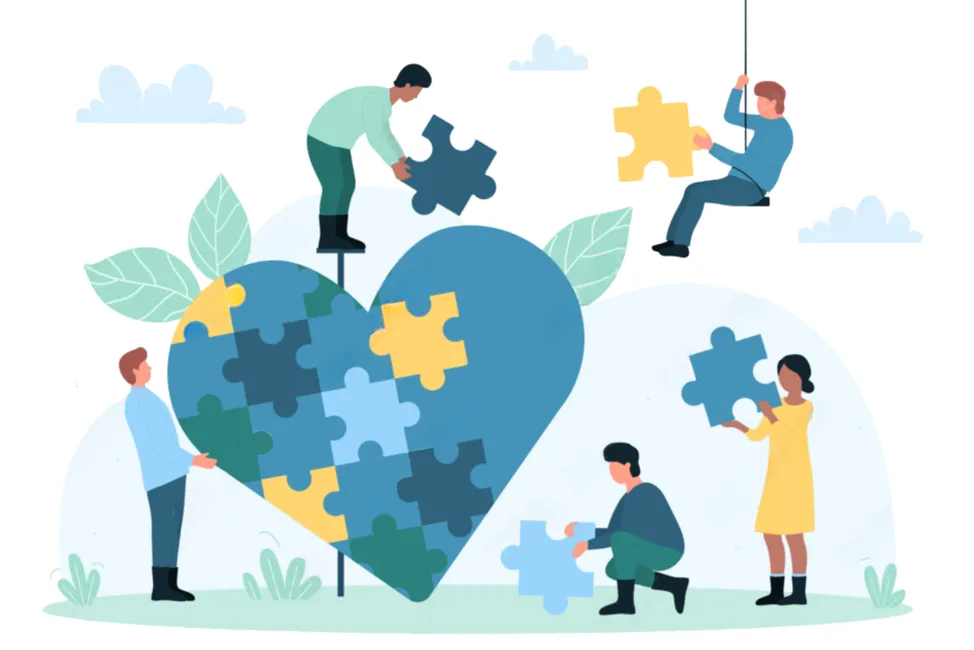
The Safety Net Is Fraying — And Our Most Vulnerable Are Falling Through
The Safety Net Is Fraying — And Our Most Vulnerable Are Falling Through
By Cynthiana Sweeney, CD Funding Solutions
The nonprofit sector has long been a patchwork safety net—woven together by passion, proximity, and purpose. But in 2025, that patchwork is wearing thin.
A growing number of organizations report rising need and shrinking resources. According to the most recent State of Nonprofits and Philanthropy Report from the University of San Diego, 80% of nonprofits have seen increased demand, and half now have waitlists for services they can’t fully meet. Meanwhile, 41% have tapped into their emergency reserves just to stay operational. For many, the financial cushion built during the pandemic is gone.
Filling the Gaps—and Then Some
As government services recede, nonprofits have stepped in to pick up the slack. A housing nonprofit finds itself providing case management. An arts program becomes a pipeline for school lunches. A mental health nonprofit starts coordinating rides. Organizations are stretching far beyond their original charters to respond to overlapping crises in housing, food, education, and care.
But behind this resilience lies a critical question: How long can nonprofits continue absorbing the roles of a retreating public sector—especially when they're duplicating each other’s efforts?
Rethinking the Response: From Competition to Collaboration
One quiet truth in the sector is this: many nonprofits are delivering similar or overlapping services—often to the same communities, with the same funders, under similar constraints.
In better-funded times, that kind of redundancy might have been manageable—or even beneficial, offering choice and specialization. But today, it can weaken the net. Too many organizations competing for too few dollars, while trying to do it all alone, is no longer sustainable.
More than ever, we need to shift from duplication to coordination.
The 2024 report points to collaboration as a rising priority, even if not yet a widespread practice. Some organizations are beginning to:
Share back-office functions to reduce administrative costs
Form coalitions to advocate for policy change and pooled funding
Align referral systems to better serve clients across organizations
Merge or co-locate services to deepen impact and reach
These are promising strategies—and essential ones.
The Opportunity Ahead
What if we saw this moment not only as a crisis but as a catalyst? A chance to design a stronger, more integrated nonprofit ecosystem that rewards cooperation over competition? One where funders incentivize partnerships, where nonprofits map and streamline community services, and where no one gets left behind because the form didn’t ask the right question, or the program didn’t stretch far enough.
When burnout among nonprofit staff and leaders is rising sharply, the question is no longer how to survive independently—but how to succeed collectively.
A Shared Responsibility
The safety net isn’t unraveling because nonprofits are failing. It’s fraying because the burden has become too heavy for any single organization—or sector—to carry alone.
To keep our communities whole, we’ll need more than grit and goodwill. We’ll need:
Sustained, unrestricted, multi-year funding
Investments in infrastructure and shared services
Courageous conversations about mergers, coalitions, and systems redesign
And above all, a willingness to collaborate deeply and intentionally
Because the safety net we rebuild together can be stronger than the one we inherited.
